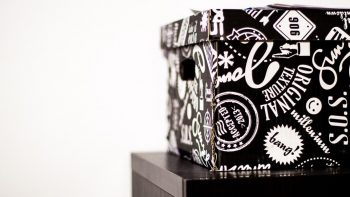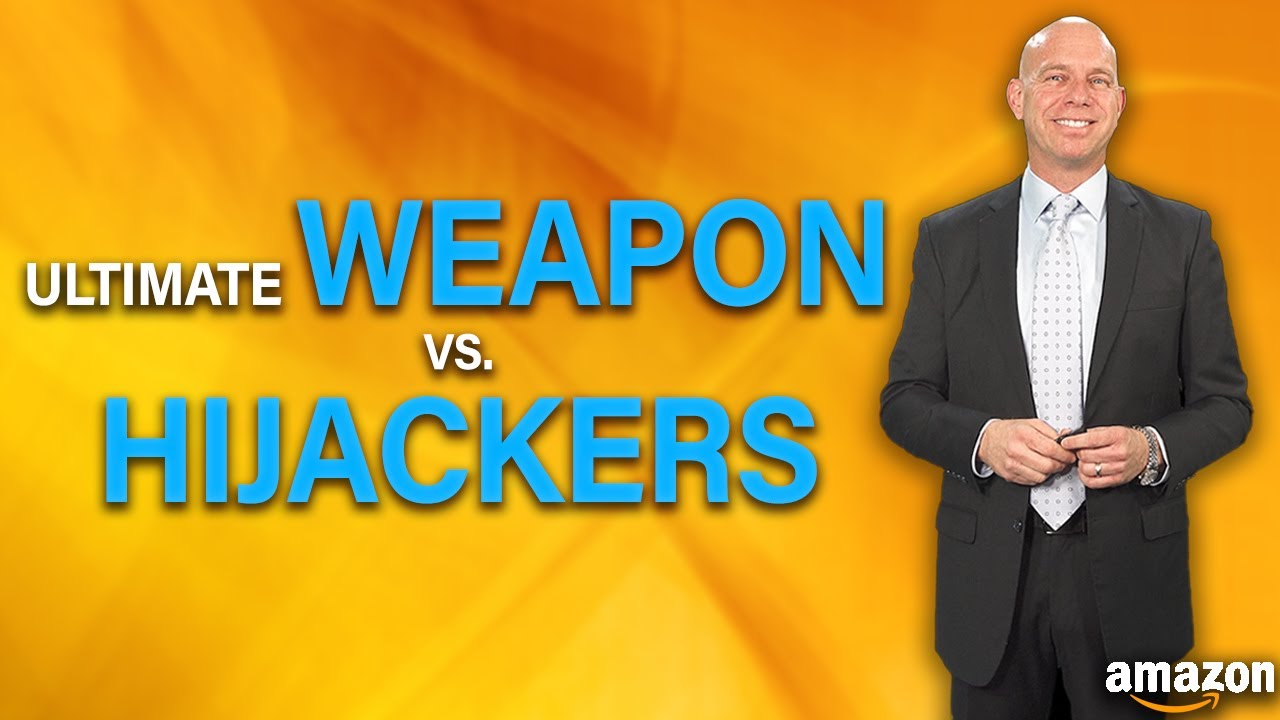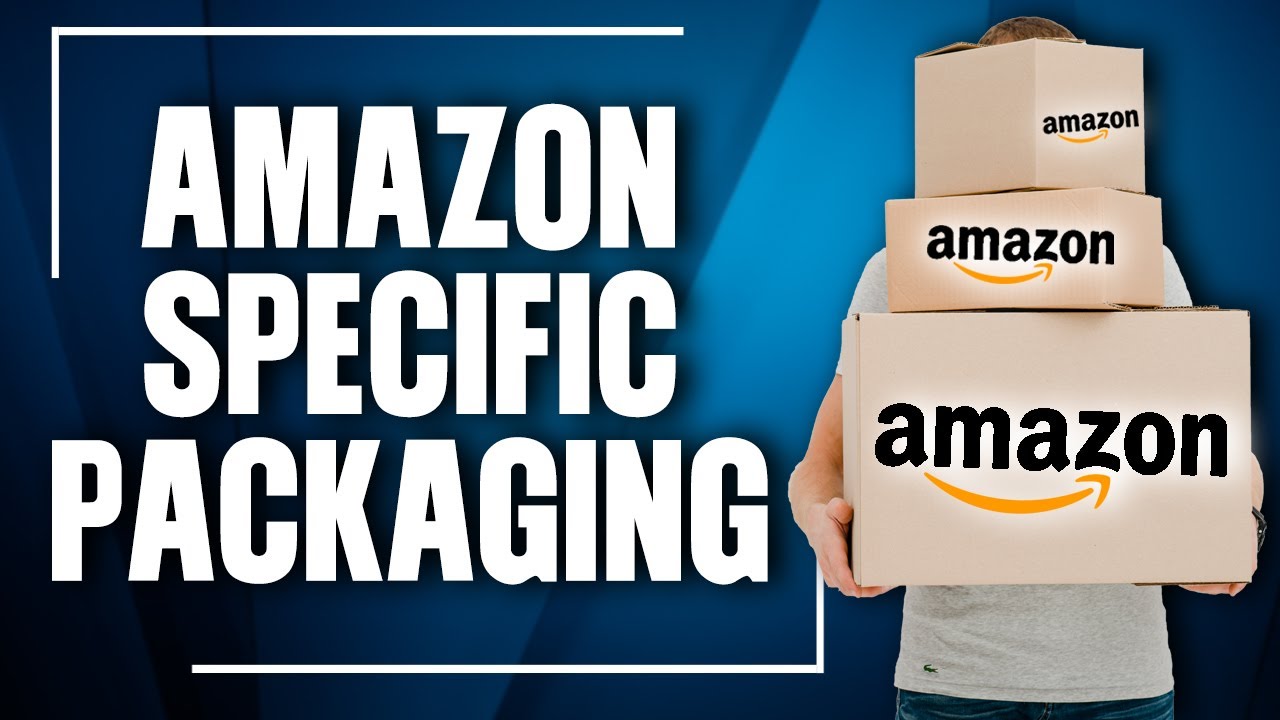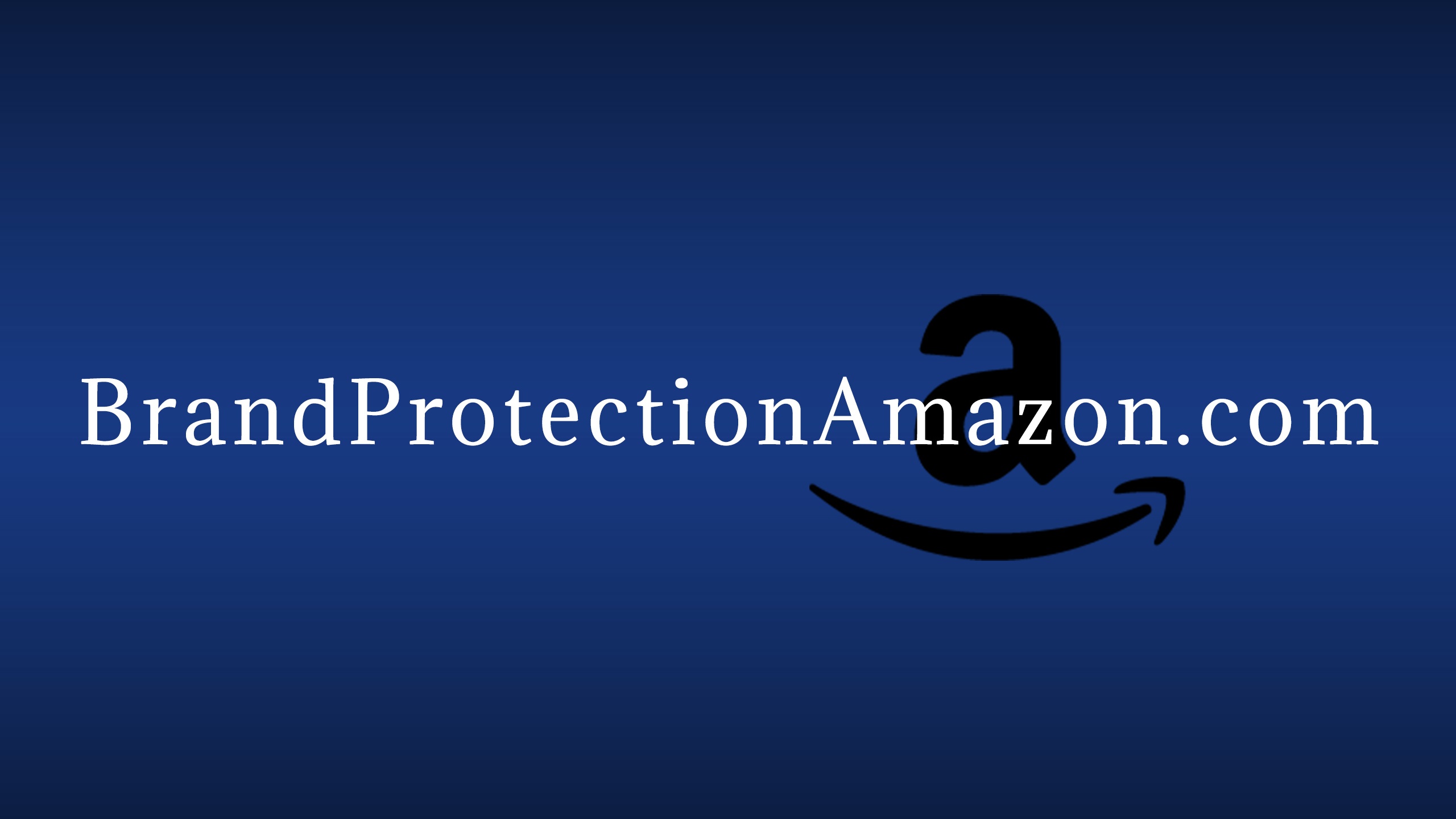
First impressions are said to make or break a relationship.
This is especially true when interacting with a product. The first thing a potential customer will see is the product’s packaging. Packaging is often not given the same attention as a brand name or logo. However, as we will discuss, packaging can be an equally protectable and substantial part of your brand.
When creating packaging for your product here are a few things to consider:
 Use all the available space:
Use all the available space:
Packaging is three dimensional. Do not ignore the nooks and crannies, rather, reward the customer with an appealing design that spans the whole outside of the package. Consider extending the theme of the design all the way around the outside. Additionally, expanding to the inside of the packaging can give a clean and coherent look, while also boosting the perceived quality.
If brands are willing to take time to think of how the inside of the packaging looks, customers are going to see that brand as meticulous and thoughtful. Blank space may be a great choice for your packaging… it works extremely well for Apple products. Sometimes, less is more.
Simplicity:
Packaging does not need to be up front and in your face with its design. Sometimes, it is the straightforward design that catches the eye. Consider using earth tones and non-detailed images along with a contrasted label. The splash of color or complexity will serve as a good counterpoint to the overall packaging. Other times, vibrant, splashy and in your face colors / designs are perfect.
Think about the unboxing experience:
One of the most popular content categories on YouTube are unboxing videos. There is an incredibly successful line of children’s toys that are practically all about the unboxing… or un-egging of the toy. Whether the unboxing of the product is intended to enhance the luxuriousness of the product, the utilitarian benefits or the childish enjoyment, think about your packaging. Make the unboxing part of the reason people purchase your brand.
Abstraction:
Styling of the packaging is an opportunity to be creative with the presentation of the product to prospective customers. Do not feel the need to be constrained by making the packaging’s imagery realistic. The design may be an abstract, or stylized version of the image first intended to be used. This may also be a good opportunity to enhance the cohesiveness of your brand by incorporating stylistic elements of the logo into the image on the packaging.
Texture:
Texture is something to incorporate into certain features of the packaging, rather than dominate the whole theme of it. When used tactfully it can enhance the experience of the package in a unique way. Perhaps consider using raised dots in the same shape as the product inside; or raised lettering in a particular pattern.
The overall packaging appeals to prospective customers’ sense of sight, then engaging their sense of touch on top of that makes your product that much more appealing. Consider packaging that allows the consumer to see your product in all its glory like the Beauty Blender make up sponge or hide the product from view like Tiffany’s box and ribbon.
Adaptability:
The ability to adapt in or to the market is key for a long-lived business. Make your product design such that you will be able to incorporate other products seamlessly into your lineup. The more easily new products can be introduced of new products using the same, or similar, packaging design concepts are, the better off your brand will be. This creates an overall feeling of unity to your brand or product line.
Shelf Presence/Picture Presence:
Chances are your brand’s products are competing with other products in stores or online. Your brand’s products should stand out on shelves and in pictures. Make sure to investigate other packaging designs for the highest selling, comparable products. What about the packaging is striking, what could be improved upon? How do these products look on online platforms?
Improvements to your product’s presence does not necessarily have to do with the design for online transactions. Remember, you do not have to be a genius, you can simply stand on the shoulders of geniuses that came before you.
 This article was researched and written by CJ Rosenbaum, Esq., and Anthony Famularo, Esq., the founding partners of Rosenbaum Famularo, P.C., the law firm behind AmazonSellersLawyer.com.
This article was researched and written by CJ Rosenbaum, Esq., and Anthony Famularo, Esq., the founding partners of Rosenbaum Famularo, P.C., the law firm behind AmazonSellersLawyer.com.








